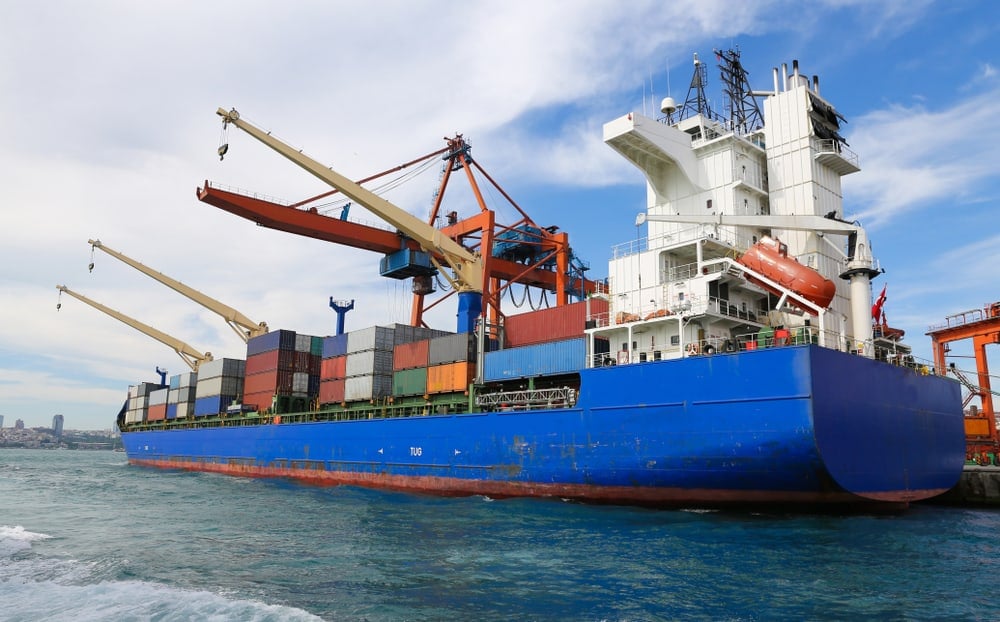On November 18th, the IMO’s Marine Environment Protection Committee (MEPC) confirmed plans for short-term measures to cut carbon emissions across the entire merchant fleet.
According to Splash247, “MARPOL legislation will see two new measures added: the technical requirement to reduce carbon intensity, based on a new Energy Efficiency Existing Ship Index (EEXI) from 2023; and operational carbon intensity reduction requirements, based on a new operational carbon intensity indicator (CII), due to launch in 2026.” These new measures are meant to target both the ship’s technical operations as well as how it is equipped.
In preparation for these short-term measures, as well as prospective long-term measures that are currently in the works, large shipping giants such as CMA CGM and MSC have already begun to cut their carbon emissions.
CMA CGM is offering a variety of ways to allow clients to move their cargo in a greener, more environmentally friendly manner.
They are giving their customers the option to move cargo on ships powered by liquified natural gas (LNG) or biofuel as well as monitoring and offsetting systems – Eco Monitor, which will be implemented next year, will enable customers to keep track of their environmental footprint in real time while another system, Positive Offset, will give customers the chance and information to be able to contribute to carbon sequestration projects throughout the globe. Splash247 quotes Marc Bourdon, senior vice president at CMA CGM to say that “Through ACT with CMA CGM+, we are sharing our energy transition solutions for shipping and providing our customers with effective solutions.”
Similar to CMA CGM, MSC has begun working on its own plan to offer their customers carbon neutral shipping options. Supply Chain Dive recently stated that “the company announced recently that they will be rolling out a carbon neutral program that will give shippers the opportunity to offset carbon emissions produced in transit by investing in clean energy and environmental protection programs chosen by MSC.” The program works by having South Pole, a climate solutions provider and partner of MSC in their green initiative, assess the carbon footprint of a shipment, then verify the amount of emissions offset by financial support for the company’s current projects: a hydropower plant in China and a rainforest protection program in Zimbabwe.
Additional carriers have already begun mapping out their plans to lead the shipping industry towards a greener future.
Maersk’s website declares their plans towards more environmentally friendly transport by “developing new fuels and vessel technologies as well as optimizing their networks. The Danish shipping conglomerate’s website notes these aspects as their “major contribution areas” to be met by their long-term 2050 target. We will see what short-term Maersk and other shipping carriers will come up with in order to stay in line with CMA CGM and MSC’s new initiatives.




